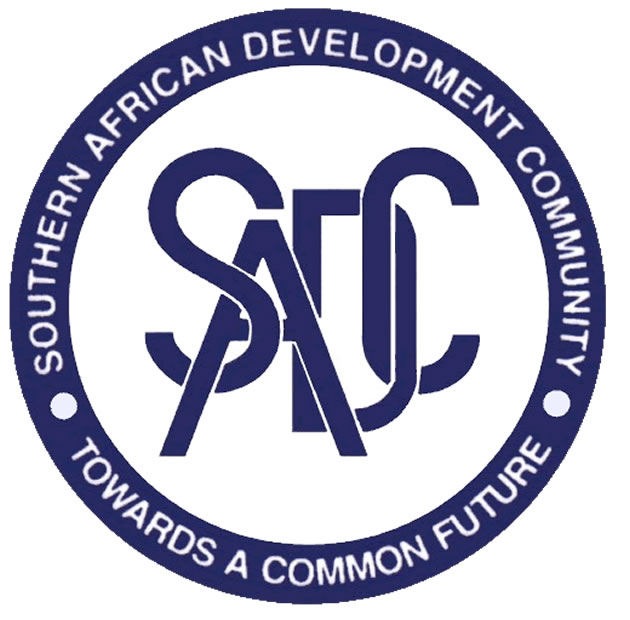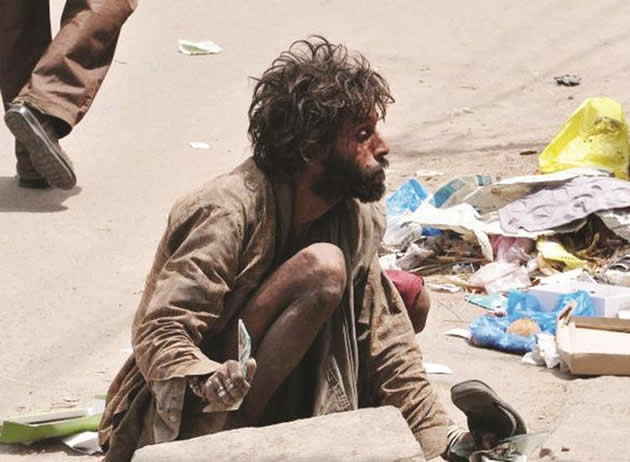A Sadc Catch 22

 Stephen Mpofu
Stephen Mpofu
SADC has set itself a mammoth task of scaling the Mount Everest of economic transformation, and success in that area will lead the regional trading bloc into a brave new future, and so failure should not be allowed to stand as a hurdle in that regard.
To achieve that exciting but clearly monumental task the 34th Sadc Heads of State and Government Summit in Victoria Falls on August 17-18 and the new chairmanship of Zimbabwe directed that industrialisation should take centre stage in Sadc’s regional integration agenda to lift the lives of people in the 15 member stages of the bloc. A ministerial committee was mandated to develop a strategy and roadmap for industrialisation in the region.
In opening speeches to the summit it was observed that South Africa is the most industrialised country of all Sadc states, and the incoming chairman, President Mugabe, called on that country to lead Sadc sister states in achieving industrialisation so that the regional grouping as a whole might transcend daunting economic challenges experienced in some member states.
It cannot be doubted that the rest of the Sadc family reposes respect and admiration on South Africa for that country’s remarkable milestone in industrialisation, making that country a drawcard for job seekers from the bloc and other states farther, farther afield on the African continent.
But what South Africa are we talking about here? It is certainly not the black South Arica ruled by the African National Congress which waged a protracted liberation struggle that dislodged apartheid rule with the onset of majority rule in Tshwane in 1994.
The South Africa in point here is the one that was until 1994 regarded by the kith and kin of the white apartheid rulers as the “First World” located in a Third World.
It was the South Africa ruled by the Afrikaners, whose explorer godfather Jan van Riebeeck landed at the Cape of Good Hope in 1652 paving way for South Africa’s Dutch colonisation; a First World South Africa to which whites turning their backs on black rule in Zambia in 1964 as well as in Malawi in the same year and in Zimbabwe in 1980 made a bee-line instead of returning to their ancestral lands in Europe.
Also a First World South Africa where Americans including a spy, John Burns deported from Zambia bought a summer house, and where Mark Thatcher, son of Britain’s former Iron Lady Prime Minister Margret Thatcher, lived at one time.
And a First World South Africa that the British government tried to use as a staging post for its military invasion of Zimbabwe and removal of President Mugabe and his Zanu-PF government as punishment for land reform found the wrong people in the now — wrong country who said no to their country being used for attacking a sister state.
It was the Boers who had long sunk their roots in South Africa and the other whites who thronged their First World of choice in South Africa who industrialised that country to the extent to which it is today in order to service the Third World around them and far beyond.
But they did not stop at that, those First World South Africans. They went further in trying to cleanse themselves so they would remain white, like snow, by expelling Third Worlders from their midst through the creation of Bantustans for blacks but whose services they still needed as drawers of water and hewers of wood.
Twenty years on, the white First Worlders still control the economy of a country ruled by blacks to whom they remain decidedly indifferent which suggests that to all intents and purposes the whites remain enclosed in their dysfunctional apartheid values and strictures, so that what has really changed in South Africa since 1994 is just the label.
Since prominent blacks owning any meaningful stake in South African industries can be counted on part of one hand, they cannot at any stretch of the imagination be expected to help engender a radical paradigm shift from primary industries that make industrialisation a reality.
By the same token the whites who largely control the South African economy cannot be expected to have their secondary industries replicated in other Sadc states as that move automatically spells doom to the markets that South Africa serves to a point that beer brewed in South African is known by the Zimbabweans in this country’s diplomatic service to have flowed along the Cape-to-Cairo route so that its froth bubbles in the Egyptian capital’s watering holes and eating places alike.
At the same time South Africa floods other countries with cheap products, threatening the survival of local products and their producers.
Given that Catch 22 scenario therefore the Sadc ministerial committee tasked to spearhead industrialisation will certainly have to look deeper and further than a casual glance at the South African industrial status quo as a precursor for industrialising sister states. This pen humbly believes the committee has the ingenuity to deliver on its assignment, otherwise we might all wait forever if we sit back with our eyes just focused on the eggs in the South African basket.
But there is hope, not just a glimmer of it, but great hope for success in that enterprise, and the ministerial committee will certainly not be adjudged over-zealous with pre-celebration even at this point in time, thanks to Zimbabwe which has just rolled out the mother of all developmental initiatives in ZimAsset.
You (yes, you) see, Zimbabwe has already taken a huge lead ahead of other Sadc countries in putting the control of our economy putting in the hands of the majority first with land reform and then indigenisation, and black empowerment, while other states in Southern Africa and elsewhere on the African continent dither or still drag their feet under threat by former white rulers to pull the rug, from underneath the black rulers feet should they “deprive” whites of “ownership of their properties.”
As a result, blacks in some independent states still live in tumbledowns and eke out existence on tiny, sometimes infertile strips of land because vast tracts of land, on some of which cattle range, like wild animals, remain in the hands of whites including absentee ones.
It is therefore no exaggeration to suggest that given time and if all Zimbabweans put their shoulder to the wheel as it were, the Zimbabwe Agenda for Sustainable Socio-Economic Transformation will become, as one former diplomat in Harare put it this week, “a shining example in social and economic emancipation for the whole of Africa.”
In fact, readers in Sadc and, indeed in the rest of Africa might wish to consider saving for the forthcoming book by this pen, entitled Little Hearts Can Also Dance which chronicles measures this country has taken after the success of the armed revolution to make Zimbabweans navigate the future with their heads thrust in the air, a smile cracked on their faces.











Comments